Popular Tips
YOU MIGHT BE INTERESTED IN
Maruti Grand Vitara to Tata Sierra - SUVs that India Refused to Buy
by IndianAuto Team |
21/09/2020
Tata Sierra, Suzuki Grand Vitara XL7 and Chevrolet Forester are some of the great SUVs that totally flopped in India owing to some reason or other







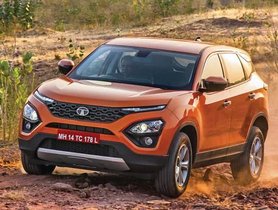


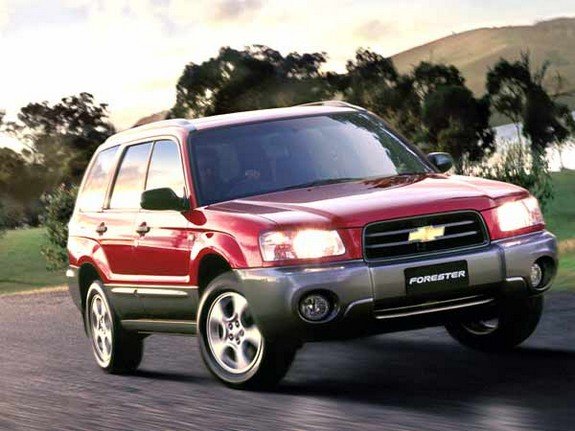
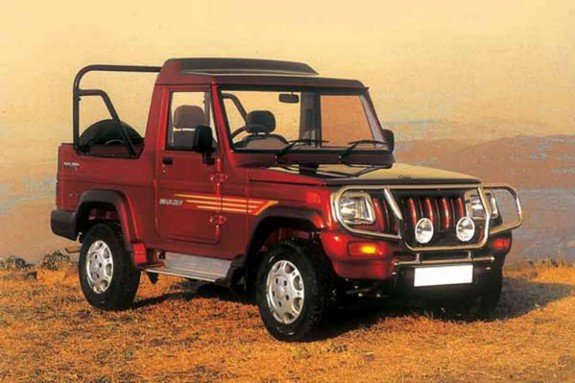

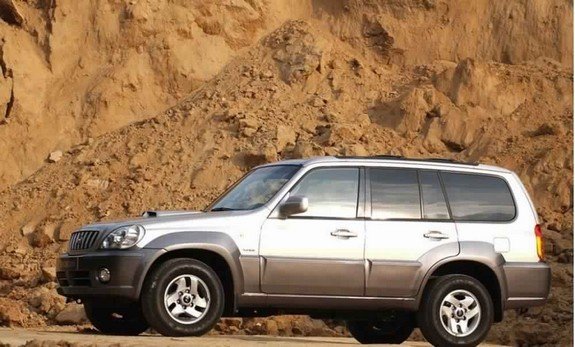
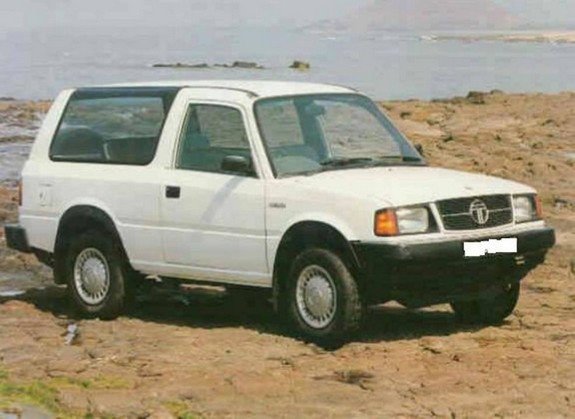
 Follow us on google news
Follow us on google news
